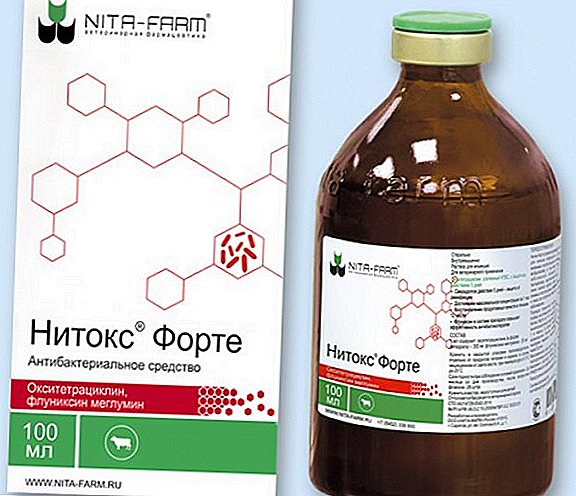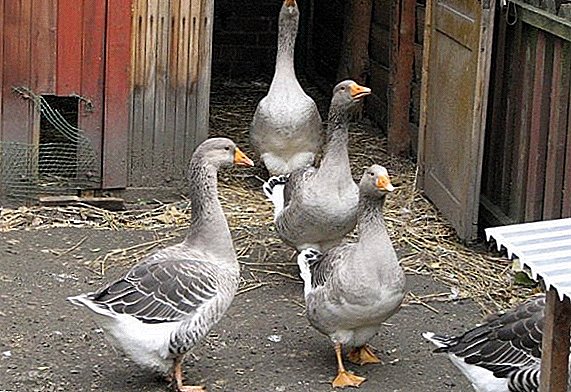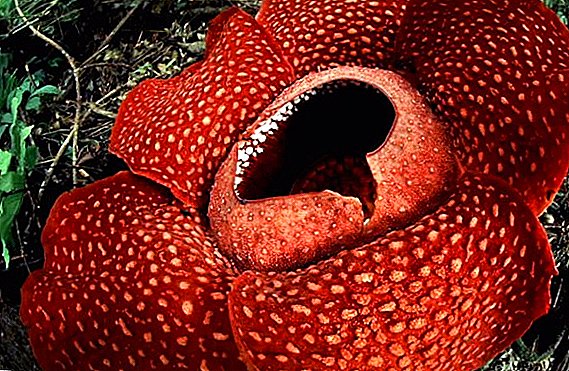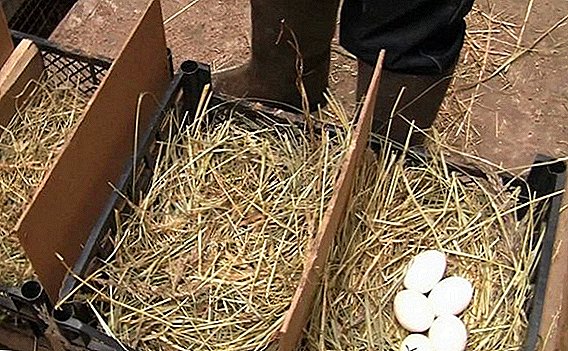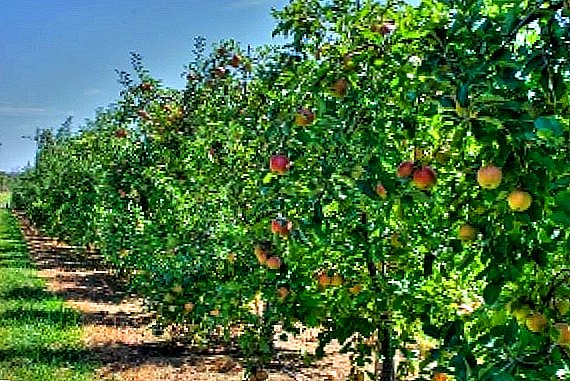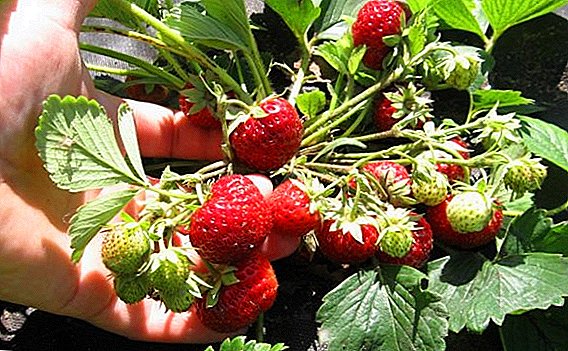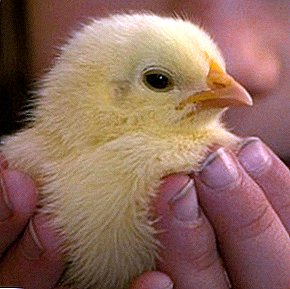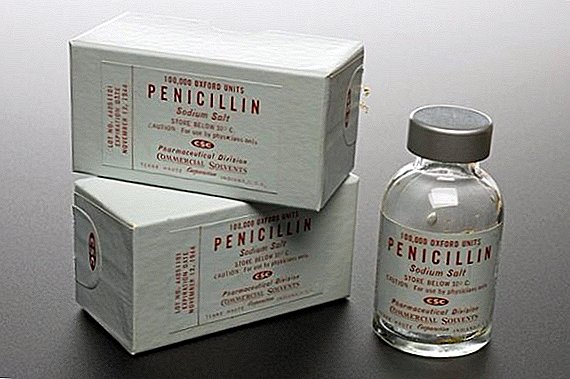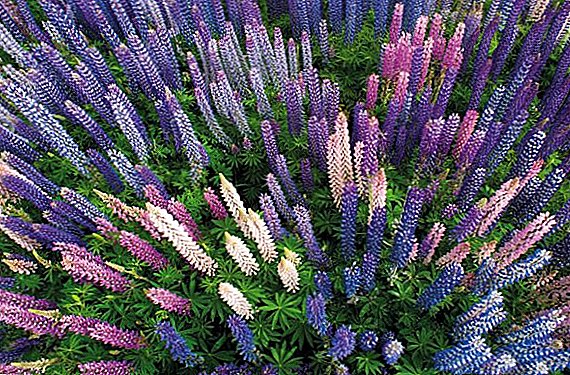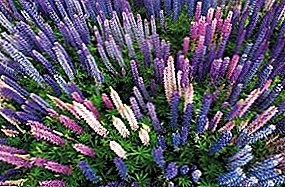 Siderats are plants grown to improve soil structure. One of these green fertilizers, of course, is lupine (both annual and perennial). After all, the legume family, to which it belongs, is in some sense unique in its properties.
Siderats are plants grown to improve soil structure. One of these green fertilizers, of course, is lupine (both annual and perennial). After all, the legume family, to which it belongs, is in some sense unique in its properties.
Why do we need siderats
What do green fertilizers do for the land:
- restore and improve it;
- increase moisture permeability;
- reduce acidity;
- fertilize;
- promote the development of beneficial bugs, worms, bacteria;
- destroy pests;
- suppress weeds;
- protect from overheating.
Important! Greening in the fall protects the ground from erosion, blowing, helps the earth to freeze in winter less, holds the snow so that in the spring it is thoroughly saturated with moisture.
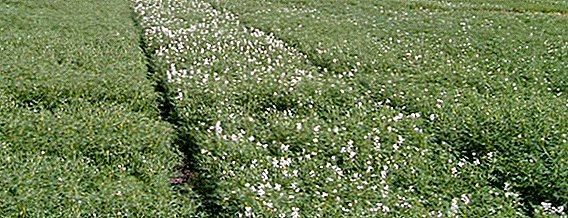
Lupine as a siderata: advantages and disadvantages
There are practically no flaws in this plant. But the advantages are many:
- The roots penetrate deeply, taking the most nutritious of the earth.
- It gives a huge yield of green mass - 45-60 tons per hectare.
- It gets its maximum soon enough - literally 50 days after seeding.
- It gives a lot of nutrients.
- Special alkaloid varieties suppress bad bacteria.
- Drought and cold resistance (depending on the variety).
- Not particularly picky about the land.
Which lupins are used as siderats
Naturally, not all species are used as siderat. For this good white lupine, yellow, blue (narrow-leaved).
Important! In addition to them, they use a perennial variety of lupine, called the many-leaved. It is also saturated with alkaloids, it endures cold without problems.
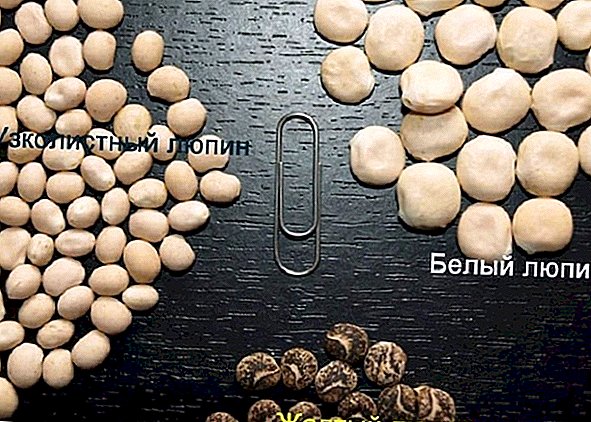 But the variety of varieties is numerous. Most Popular:
But the variety of varieties is numerous. Most Popular:- White: "Desnyansky", "Gamma", "Degas".
- Yellow: "Siderat 892", "Torch", "Prestige", "Motive 369", "Peresvet".
- Blue: "Siderat 38", "Vityaz", "Narrow Leaf 109", "Change", "Hope".
Basic principles of cultivation
Now let's talk about growing lupine and how to care for this sideratom.
Buckwheat, rye, peas, phacelia, oats, mustard, and alfalfa are also grown as siderats.
What crops to use
The plant is suitable before sowing any crops except legumes. After all, they are from the same family and have common pests. Tomatoes, cabbage, peppers, and potatoes will be excellent followers for this green manure.
When and how to sow
Siderat recommend planting from early spring until autumn. Lupine is not particularly picky in terms of land, but heavy loam and peatlands will still not work. Nitrogen-containing fertilizers are not required here, as they only destroy the usefulness of the siderat. 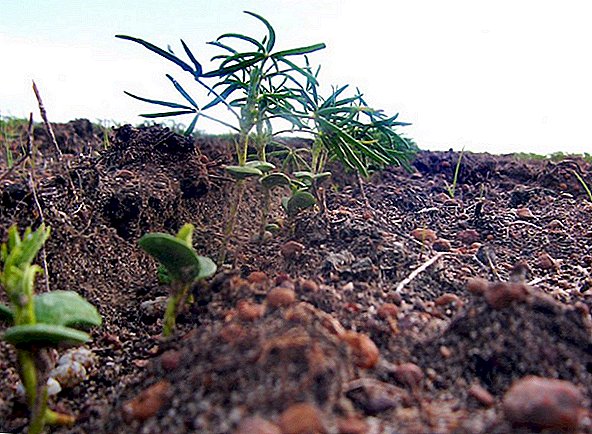 Loosen the soil before planting, tidy up plant residues. Seeds are planted with a depth of 3-4 cm in narrow grooves with an interval of 20 cm. Between the plants is left about 10 cm gap. Such recommendations are average and vary depending on the size of the plants.
Loosen the soil before planting, tidy up plant residues. Seeds are planted with a depth of 3-4 cm in narrow grooves with an interval of 20 cm. Between the plants is left about 10 cm gap. Such recommendations are average and vary depending on the size of the plants.
Did you know? To enrich the soil lupine was used in Greece more than two thousand years ago.
How to care for lupine
After 3-4 days from sowing, the land is harrowed with a rake or light harrow (on soils with low sand content they are harrowed after the plants have 4-5 leaves). It is advised to do this after dinner, when the stems are more flexible.
The second loosening is carried out when the seedlings have grown to 12-15 cm, the third - a week after the second.
When to clean
Green fertilizer mowed in two months. As a rule, try to mow before massive flowering. You do not need to dig up the beds, just mow the greens, chop down the roots, sprinkle everything with the earthwalker. In dry weather, water the beds. 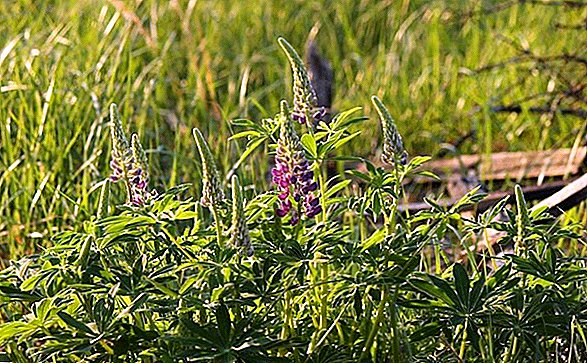
Possible difficulties
First, make sure you grow your plant on sour or neutral soil. On alkaline, it will not grow.
In the first weeks, green fertilizer does not develop very quickly, overgrown with weeds. But, when it goes to growth, it will not be scary. Well plant the plant after winter rye, wheat, because it inhibits weeds.
Did you know? White lupine beans were found in the tombs of the pharaohs of Egypt (2000 BC).
Lupine is a common and picky siderat. It is good for subsequent planting of almost all plants. But before making a choice, be sure to learn about all its advantages and disadvantages, when and how to sow it. And also choose the right grade for your needs.


